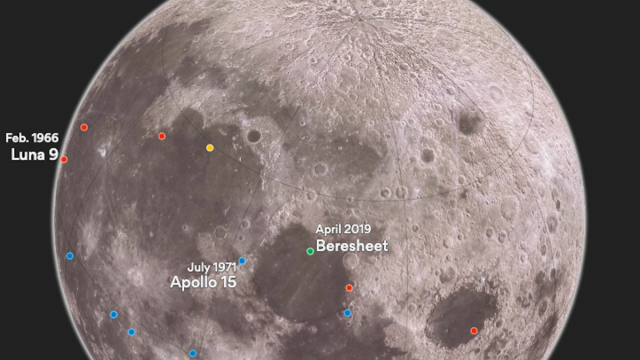What To Do If You Encounter A Visitor From Another Universe

If parallel Universes or the multiverse are real, we might someday encounter a visitor who hails from another one. Here’s what to do.
There are a lot of things that are inherent to our Universe that we take for granted. We rarely think about the laws of physics being what they are, the fundamental constants having the values that they do, or matter predominating over antimatter. Yet these are fundamental properties about our Universe. If they were different, our Universe that we inhabit would be an extremely different place from the way it is today.
However, our Universe may not be the only one out there. In fact, there are compelling reasons to believe that our Universe is just one of many, all of which make up a much larger Multiverse. If this is true, then it’s possible that other Universes not only have their own inhabitants, some of whom may be intelligent and technologically advanced, but different rules governing their existence. Even though they may be benign, meeting one could lead to catastrophe. Here’s how — using physics — you can ensure your survival.

If we witnessed someone simply pop into existence, your first worry might be that they’re made out of antimatter, rather than matter. The laws of physics need not be different from our own for this to occur; they’d simply need the cosmic processes that created more matter than antimatter in our Universe to be reversed. If the scales were tipped in the opposite direction for us, we’d never know.
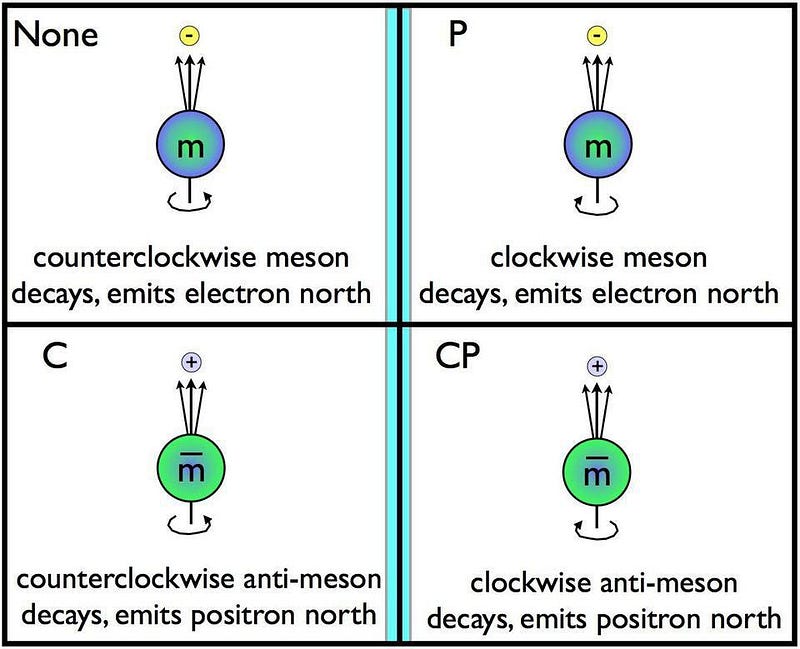
But that’s okay; there are physical signs of matter (or antimatter) that go beyond a simple sign convention. In our Universe, there are probabilities that certain mesons (neutral composite particles) which contain strange, charm, or bottom quarks will spontaneously transform into their antimatter counterparts, swapping quarks for antiquarks and vice versa.
If we ask a visitor for their CP-violation measurements, we can know immediately whether they’re matter or antimatter. If we really want to be sure, we can throw an apple their way; if it annihilates with their hull, they were antimatter all along.
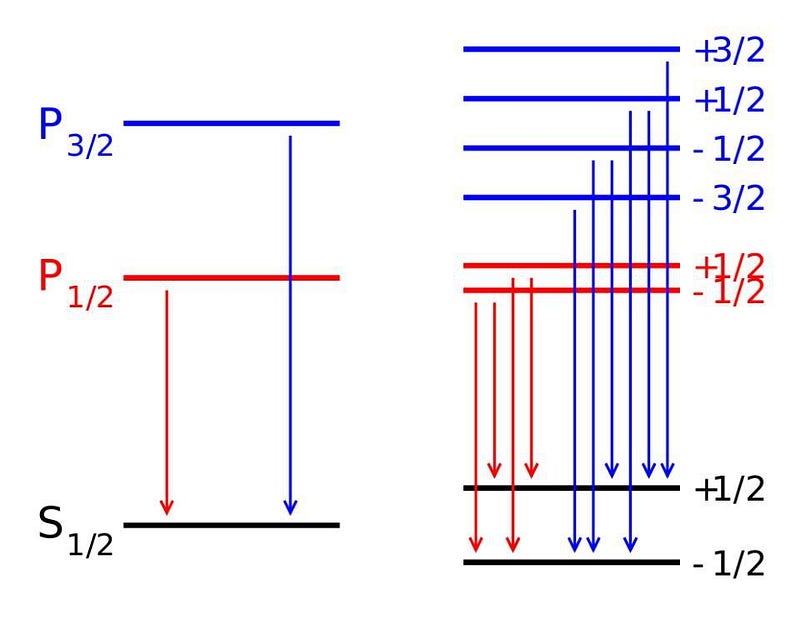
What if the fundamental constants are different for their Universe as compared to our Universe? If that were the case, their matter would behave differently. Change the masses of the particles or the strength of their interactions, and the properties of matter itself will change. Even changing the mass of a particle that we rarely think about as relevant to our Universe, like a top quark, would subtly change the mass of a proton.
If any constants were to change, then the properties of atoms and the molecules they make up would be different. Atomic transitions would be slightly (or significantly) shifted, and what gets emitted or absorbed by our hydrogen atoms wouldn’t be absorbed or emitted by theirs, respectively. Simply observing the reflected and absorbed/re-emitted sunlight off of their hulls spectroscopically would tell us whether their physical constants were the same as ours or not.
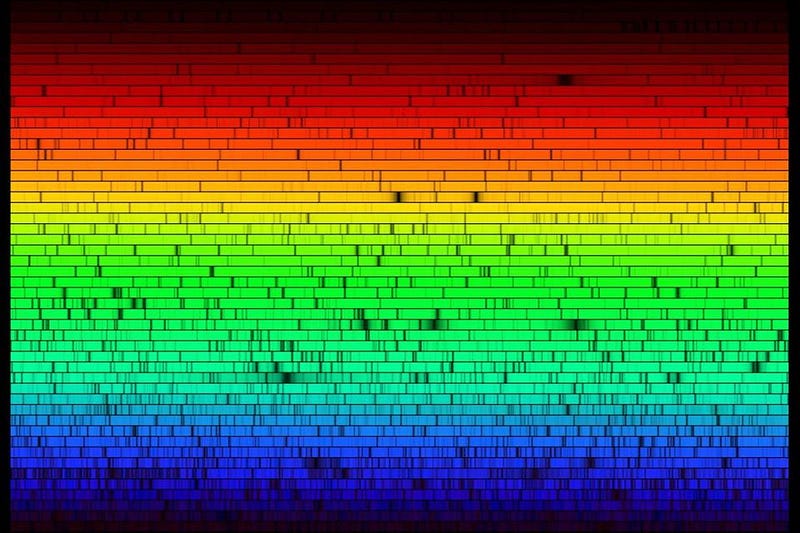
But what if they were even more fundamentally different than we are? What if their Universe obeyed entirely different laws of physics from our own? Sure, the matter/antimatter tests and the fundamental constant tests would be important to perform, but they don’t fully encapsulate the ways that disparate Universes could be different from one another.
For example, it’s possible that there are different fundamental forces, particles, and interactions in their Universe as compared to ours. They may be made out of some form of material that behaves like matter, antimatter, or something entirely new. If they’ve mastered inter-Universe travel, there’s a good chance they know even more fundamental physics than we do. Perhaps, if we shared with them what we knew, they’d share with us how their understanding superseded our own?
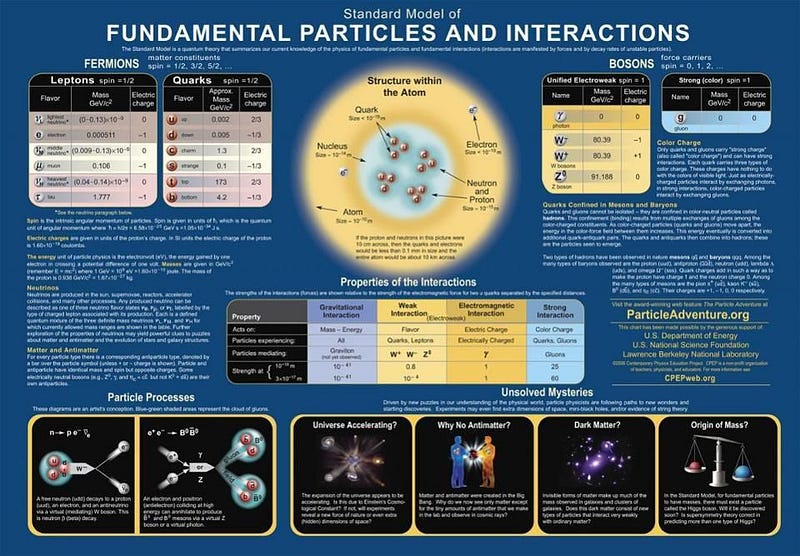
Do the fundamental forces, of which we have four, unify at higher energies? We know that the electromagnetic force and the weak nuclear force unify in our Universe at approximately temperatures of a few quintillion kelvin, and it’s possible that at still higher temperatures the strong or gravitational forces will unify as well.
But what about in another Universe? Even if they have the same fundamental forces, do they unify or not unify in the same way? Do their unification symmetries break at the same energies ours do, or different ones? These are fundamental questions that might lead to enormous differences in the rules our particles play by today, and are something we’d want an answer to before coming into potentially deadly contact with them.
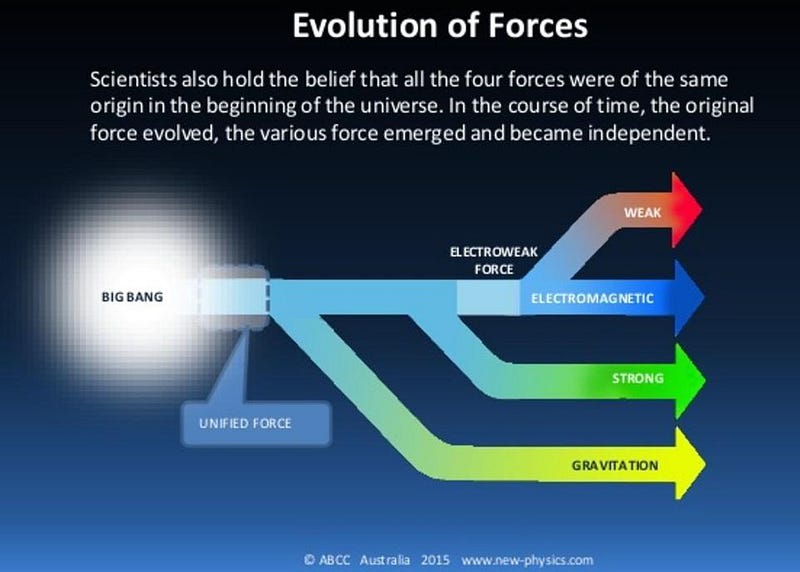
Are they three-dimensional creatures like we are, or do they live in a different number of dimensions?
If they appear like Gods to us — with the ability to teleport faster-than-light, to reach inside us and rearrange our internal organs, and/or the capability of pulling us out of what we know as existence (and into a higher dimension) — then they likely can access four or more spatial dimensions, as opposed to just the three we know.
On the other hand, if they existed in two or fewer dimensions, we would appear God-like to them in a similar fashion. The number of dimensions in our Universe is highly constrained and very well-measured, but we simply don’t know what other Universes may hold.
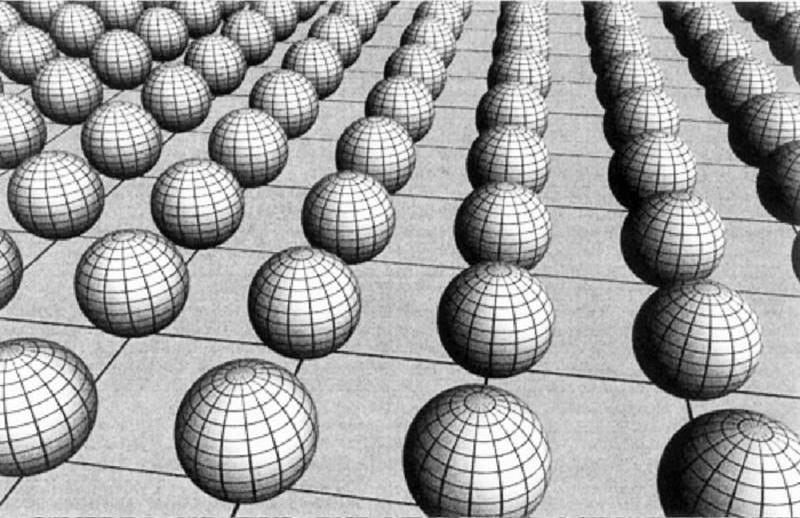
Does mass mean the same thing in their Universe as it does in our Universe? We have a bold way to test this for ourselves: through Einstein’s Equivalence Principle. If you have an object with mass and you exert a force on it, it will accelerate according to Newton’s famous law: F= ma.
On the other hand, if you have an object with mass and you observe the effects of gravitation on it, it will exert a gravitational force that’s directly related to the mass of the object. In Newtonian gravity, that’s F = GMm/r², where the m in both equations are interchangeable. (It’s more complicated in General Relativity, where space is curved and that curvature causes an acceleration, but the result is still proportional to m.)
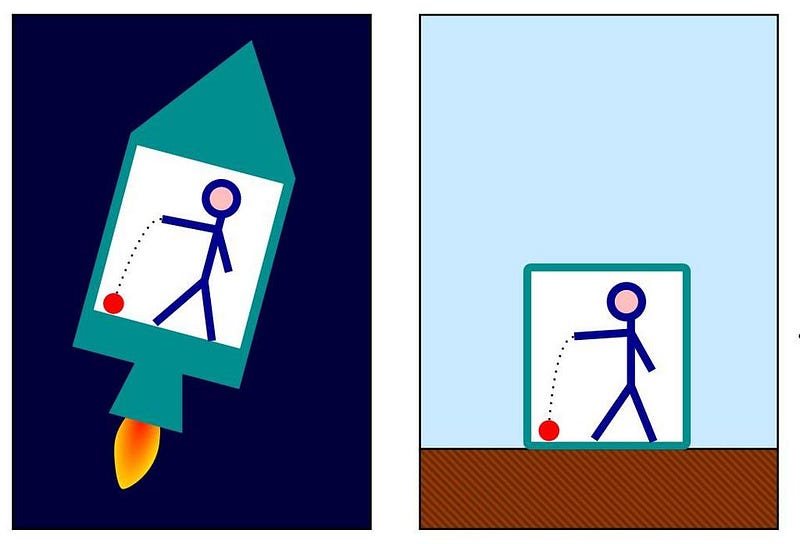
But are these two types of masses — inertial mass for F = ma and gravitational mass for the other one — the same in all Universes? Or might there be a non-equivalence in another Universe?
If that’s the case, it would mean that there would be a fundamental difference between two different types of acceleration. Thrust, such as that caused by a rocket, would result in a different change in motion through the Universe than simply accelerating under the influence of gravity. While these two types of masses and the accelerations they cause (gravitational and non-gravitational) are known to be equivalent to better than one part in a trillion in our Universe, we simply don’t know that this will be the case in another Universe. Anything that’s not forbidden from being different may turn out to be different, after all.
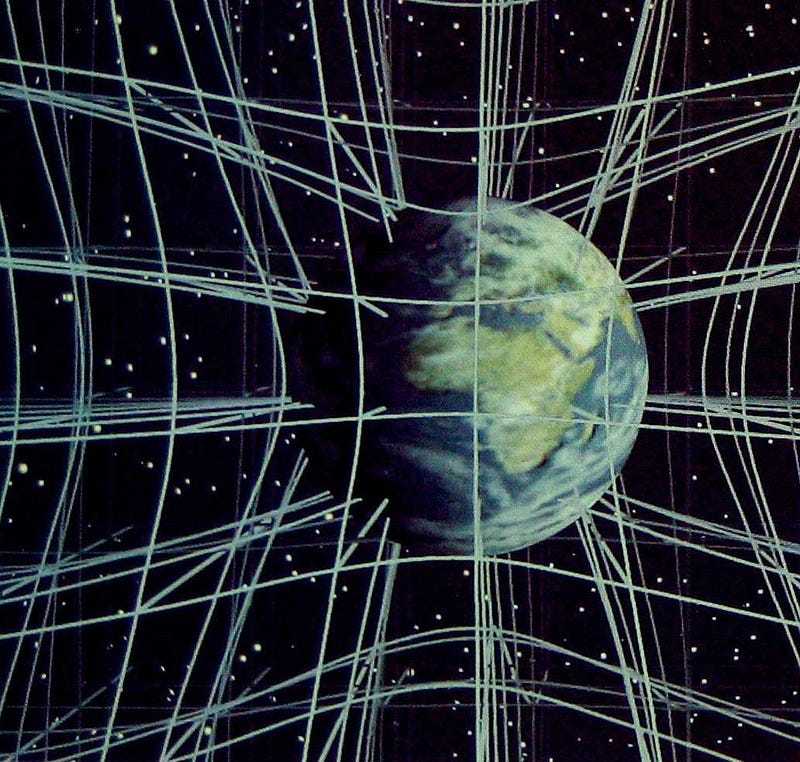
Of course, if all we could do is send a message, it might be best to send something short and easily comprehensible. We might simply tell them, “this Universe contains electrons,” and convey to them what that means. If we share with them the value of electric charge, how electrons and nuclei assemble to form atoms, what the wavelengths they create based on those atomic transitions are, and what the mass ratios of different fundamental and composite particles are, plus a little information about CP-violation, they could immediately know whether their rules and laws were the same as ours.
Is it safe to physically interact with such an alien? Presumably, if they’re the ones capable of inter-Universe travel, they’re the ones who’ll know the answer. But we must inform them of what we know. If it’s unsafe, we need to get them that info, and find it out for ourselves, before we do anything else.
Ethan Siegel is the author of Beyond the Galaxy and Treknology. You can pre-order his third book, currently in development: the Encyclopaedia Cosmologica.





